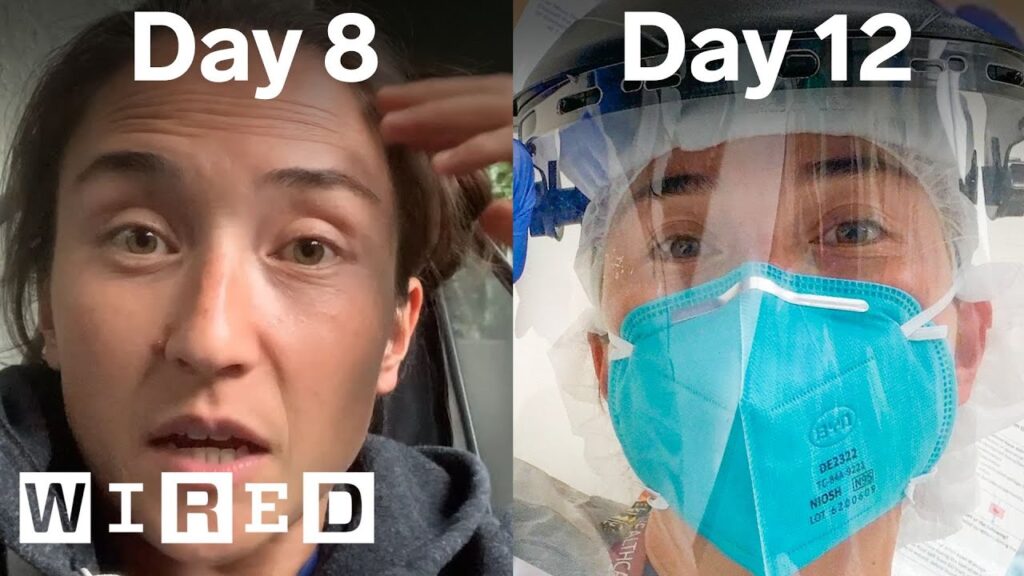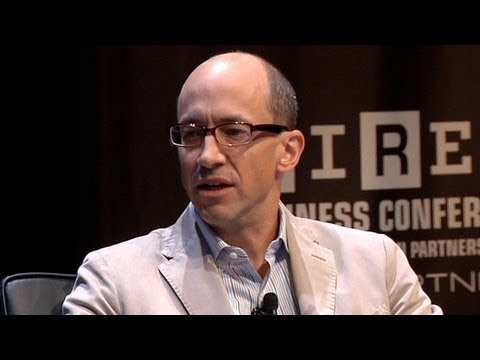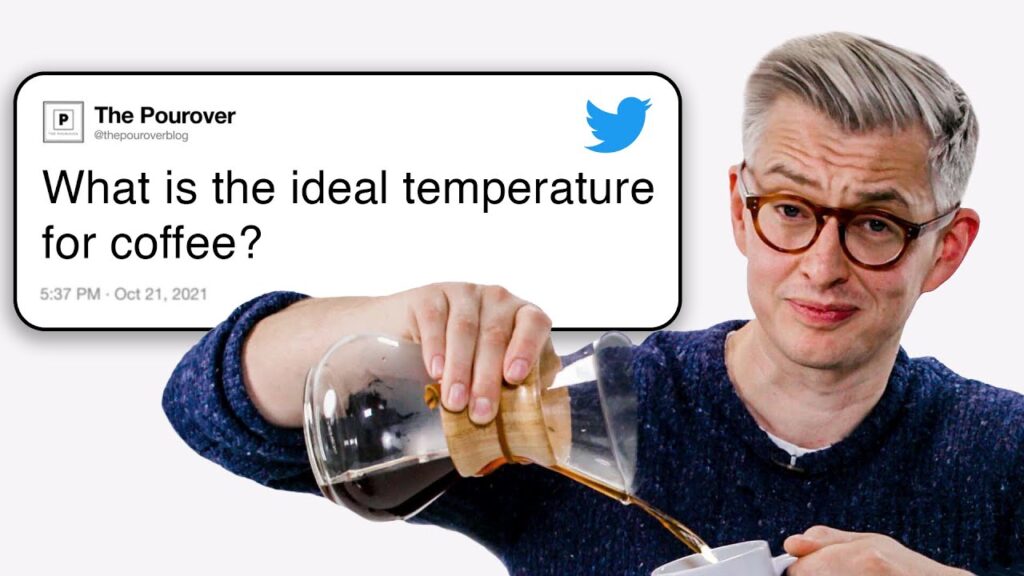Understanding Diegesis in Film and Television: An Exploration of Narrative Layers
Summary
In this article, we explore the concept of diegesis in film and television. We distinguish between diegetic and non-diegetic events, and discuss the role of paradiegesis, hyperdiegesis, and hypodiegesis in storytelling. We also highlight how reality TV shows are excellent examples of combining multiple narrative layers. Finally, we examine how understanding the metadiegetic level of creating television shows and movies can inform the structure of magazines.
Table of Contents
- What is diegesis and how does it apply to film and television?
- What is the difference between diegetic and non-diegetic events?
- What is paradiegesis and how does it relate to narrative structure?
- What are hyperdiegesis and hypodiegesis, and how do they add to the narrative layer?
- How do reality TV shows combine multiple narrative layers?
- How can understanding the metadiegetic level of creating TV shows and movies inform magazine structure?
Introduction
Diegesis is a fundamental concept in filmmaking and television production, referring to the narrative structure of a story. In this article, we will dive deeper into this concept, exploring the layers of diegesis and how they intersect with storytelling. We will draw parallels between these concepts and the world of magazines, examining how understanding the narrative layers of creating television shows and movies can inform the structure of magazines.
Q&A
What is diegesis and how does it apply to film and television?
Diegesis in film and television refers to the narrative and plot elements that the characters know and experience. This encompasses the events that happen to them and that they are aware of, including dialogue, setting, and actions. It is the story that the characters are living in, as opposed to the world that the audience is watching from. Understanding the concept of diegesis is crucial for filmmakers and production teams to create a believable and cohesive narrative.
What is the difference between diegetic and non-diegetic events?
Diegetic events refer to the narrative elements that exist within the story’s world, such as dialogue and sound effects that are heard by the characters. Non-diegetic events, on the other hand, are elements that exist outside of the story’s world, invisible to the characters, such as music that has been added. Non-diegetic events are often used to enhance or manipulate emotions or to provide insight to the audience that the characters would not have.
What is paradiegesis and how does it relate to narrative structure?
Paradiegesis refers to a narrative layer where a character acknowledges the fact that they are in a story or directly addresses the audience. It is a breaking of the fourth wall and adds another level to the story. This can create comedic or dramatic effect and is commonly used in films and television shows.
What are hyperdiegesis and hypodiegesis, and how do they add to the narrative layer?
Hyperdiegesis is a narrative layer beyond the story’s world that involves other stories or myths. It can include elements such as characters discussing or retelling stories that are not a part of the main plotline. Hypodiegesis, also known as metadiegesis, refers to narratives that explain the structure of the story itself. This could include scenes where characters discuss the plot or elements that are added for the audience’s understanding.
How do reality TV shows combine multiple narrative layers?
Reality TV shows are excellent examples of how multiple narrative layers can be combined to create a compelling story. The events that occur on the show, the diegesis, are intercepted by confessional-style interviews with the participants sharing their thoughts and feelings outside the story’s world. Additionally, shows that air after the main episode and interviews often further break down the events and add another layer of storytelling.
How can understanding the metadiegetic level of creating TV shows and movies inform magazine structure?
Understanding how stories are structured in television shows and movies can inform the structure of magazine articles. By examining the brainstorming and planning sessions of the production teams and writers, one can learn how to structure stories in a compelling way. This knowledge can then be applied to the structure of written articles, including a defined plotline, engaging characters or topics, and techniques, such as cliffhangers, to keep the reader interested.
Conclusion
Diegesis, the narrative layer of film and television, provides an intricate framework for storytelling. By understanding the different layers of diegesis, including non-diegetic events, paradiegesis, hypodiegesis, and hyperdiegesis, we can learn how to structure and tell compelling stories. Additionally, understanding the metadiegetic level of producing television shows and movies can inform the structure of magazine articles, leading to more engaging and thought-provoking content.







